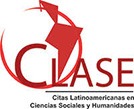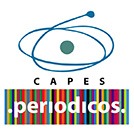O Artificial Horizon Sextant from Gago Coutinho
Maritime origins from Air Navigation
Abstract
In 1922 Gago Coutinho and Sacadura Cabral completed the first South Atlantic Aerial Crossing. In this crossing several methods of astronomical maritime navigation were used with adaptations to aerial navigation. To apply these methods, it was necessary to measure the altitude of a star in order to estimate the position of the aircraft accurately. The sextant used in maritime navigation could not always be used in aerial navigation, given the difficult to observe the sea horizon at high altitudes. To overcome this difficulty Gago Coutinho developed an Artificial Horizon Sextant that could be used to measure the altitude of a star when the sea horizon was is visible. In this paper we will study Coutinho’s sextant.












